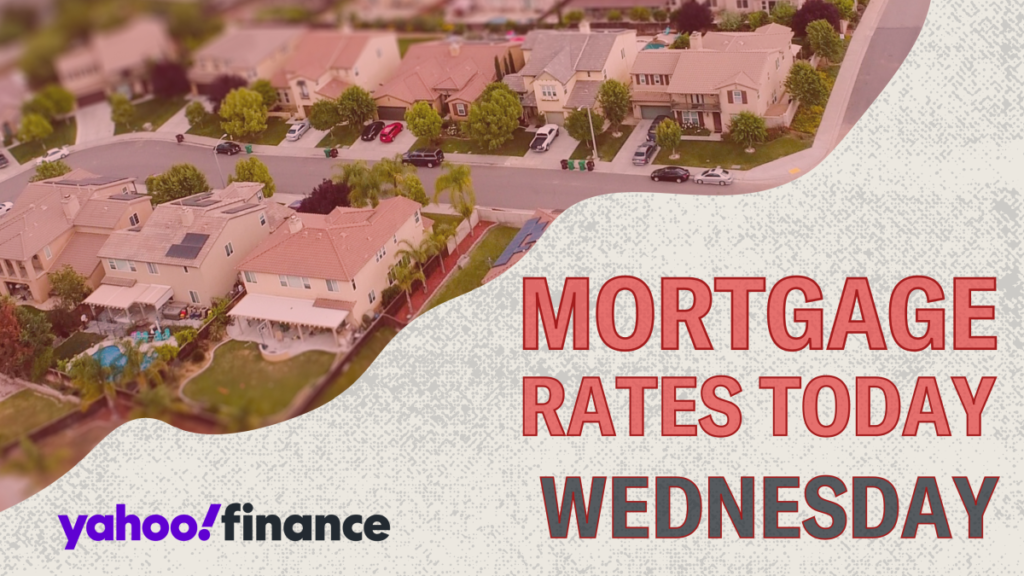In recent developments concerning mortgage rates, a notable increase has been observed, with both the average 30-year and 20-year fixed mortgage rates eclipsing 6.50% for the first time in several months. As reported by Zillow, the current average for a 30-year fixed rate stands at 6.59%, while the 20-year fixed rate is at 6.52%. Additionally, the 15-year fixed mortgage rate has approached 6%, currently at 5.91%. These upward trends in mortgage rates are significant given the broader economic context, particularly as the Bureau of Labor Statistics is set to release the October jobs report. The implications of this report could be substantial; a robust jobs report tends to push mortgage interest rates higher, while a weaker report often results in lower rates. Understanding how various economic indicators affect mortgage rates is crucial for potential homebuyers and homeowners alike.
According to the latest data from Zillow, here are the current national averages for mortgage rates: 30-year fixed at 6.59%, 20-year fixed at 6.52%, and 15-year fixed at 5.91%. Adjustable-rate mortgages (AMRs) also present competitive options, with current averages standing at 6.71% for the 5/1 ARM and 6.78% for the 7/1 ARM. For other types, the 5/1 FHA is at 4.94%, while VA loans are also offered at varied rates: 30-year VA at 5.97%, 15-year VA at 5.36%, and 5/1 VA at 5.94%. These figures provide a general view, although specific rates can fluctuate based on market conditions or individual borrower profiles. For those considering refinancing, the refinance rates display a similar pattern, with the 30-year fixed rate at 6.61% and lower rates for shorter terms, reflecting the dynamic nature of mortgage financing.
Potential homeowners can utilize tools like Yahoo Finance’s free mortgage calculator to calculate monthly payments under various interest rates and term lengths. This allows buyers to gauge the impact of home prices and down payment amounts more accurately. The calculator also incorporates figures related to homeowners’ insurance and property taxes, yielding a more precise estimate that can help in financial planning. It’s crucial to note that factoring in additional costs such as private mortgage insurance (PMI) and homeowners’ association dues can provide a clearer picture of affordability, especially for first-time buyers navigating the complexities of home purchasing.
One of the primary benefits of choosing a 30-year fixed mortgage is the predictability and lower monthly payments associated with longer repayment terms. This option allows borrowers to spread their repayment commitment over three decades, resulting in manageable monthly liabilities. In addition, the stability of fixed rates is attractive compared to adjustable-rate mortgages (ARMs), where payments can fluctuate based on market conditions. However, prospective buyers should also consider the long-term implications of higher interest costs associated with 30-year fixed loans. Over the duration of the loan, the cumulative interest paid can significantly exceed that of shorter-term loans like the 15-year fixed mortgage, which generally comes with lower rates and enables borrowers to pay off their mortgage much faster, although at the cost of higher monthly payments.
Conversely, while 15-year fixed mortgage rates offer a shorter payment timeline and lower interest costs, their increased monthly payment requirements may pose challenges for some borrowers. A shorter-term mortgage enables homeowners to build equity faster and ultimately save substantial amounts in interest over the life of the loan. However, one must weigh the higher monthly obligations carefully, especially against potential fluctuations in one’s personal financial situation. This is important to recognize when considering overall affordability and the availability of other financial resources or savings that may be impacted by choosing a shorter mortgage timeframe.
For those contemplating adjustable-rate mortgages, the primary allure lies in the generally lower initial interest rates compared to 30-year fixed options. An ARM, such as a 5/1 contract, provides a fixed rate for the first five years, followed by annual adjustments, which can lead to unpredictability in future payments. While current rates may favor fixed options, the inherent uncertainty surrounding post-introductory rates means borrowers must carefully evaluate their long-term housing plans before committing to an ARM. If an appreciable benefit arises from a lower rate during the introductory phase and the borrower intends to move before any rate changes, it might present a worthwhile option; however, the associated risks cannot be overlooked.
In conclusion, as mortgage rates traverse an increasing trend, potential buyers should be mindful of the current national average of 6.59% for a 30-year mortgage. Factors such as geographical location, individual credit profiles, and economic indicators shape these rates, making it imperative for homeowners and buyers to stay informed. Although there is hope that rates may drop in the future, market predictions suggest stability or minor increases in the near term. Individuals exploring refinancing options are advised to focus on improving credit scores and debt-to-income ratios while also considering shorter loan terms for potential savings. Overall, navigating the mortgage landscape requires careful consideration of each option’s benefits and drawbacks, keeping personal financial circumstances in mind as they prepare to make one of life’s significant investments.

